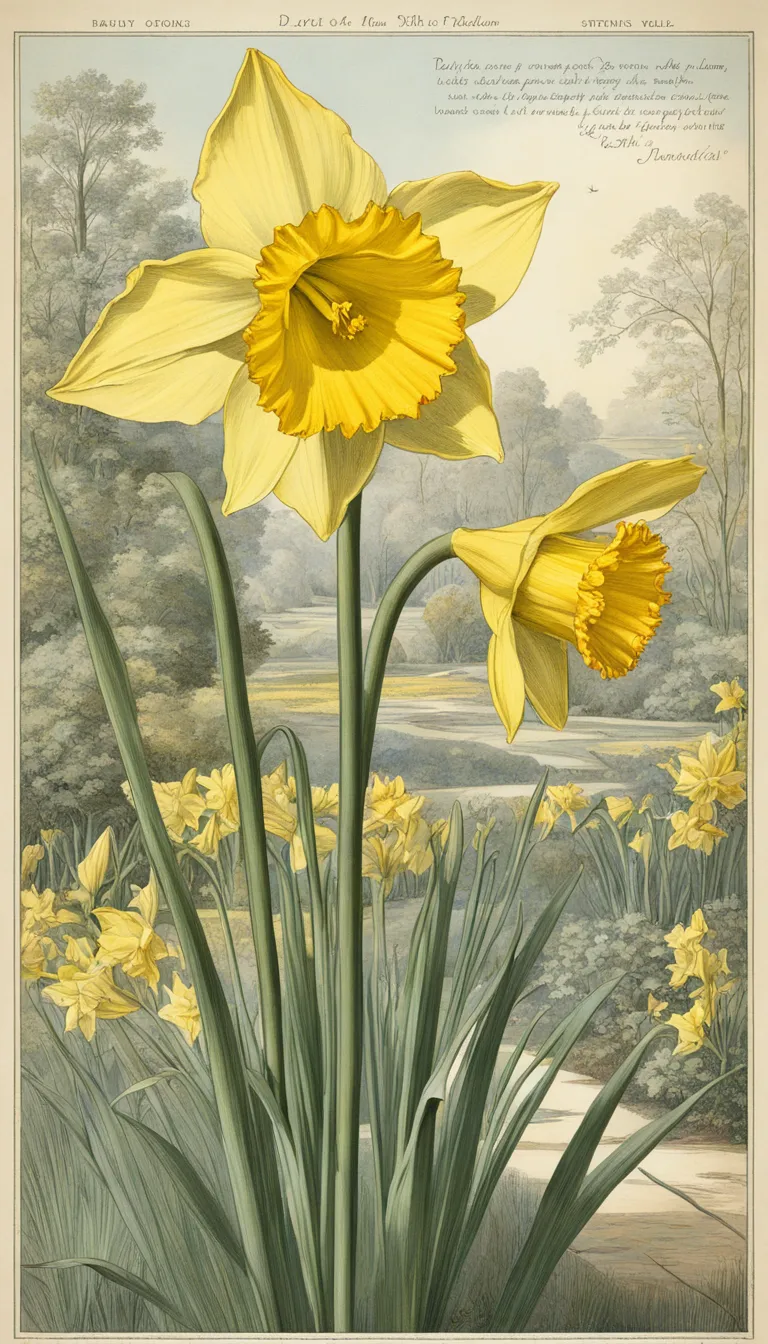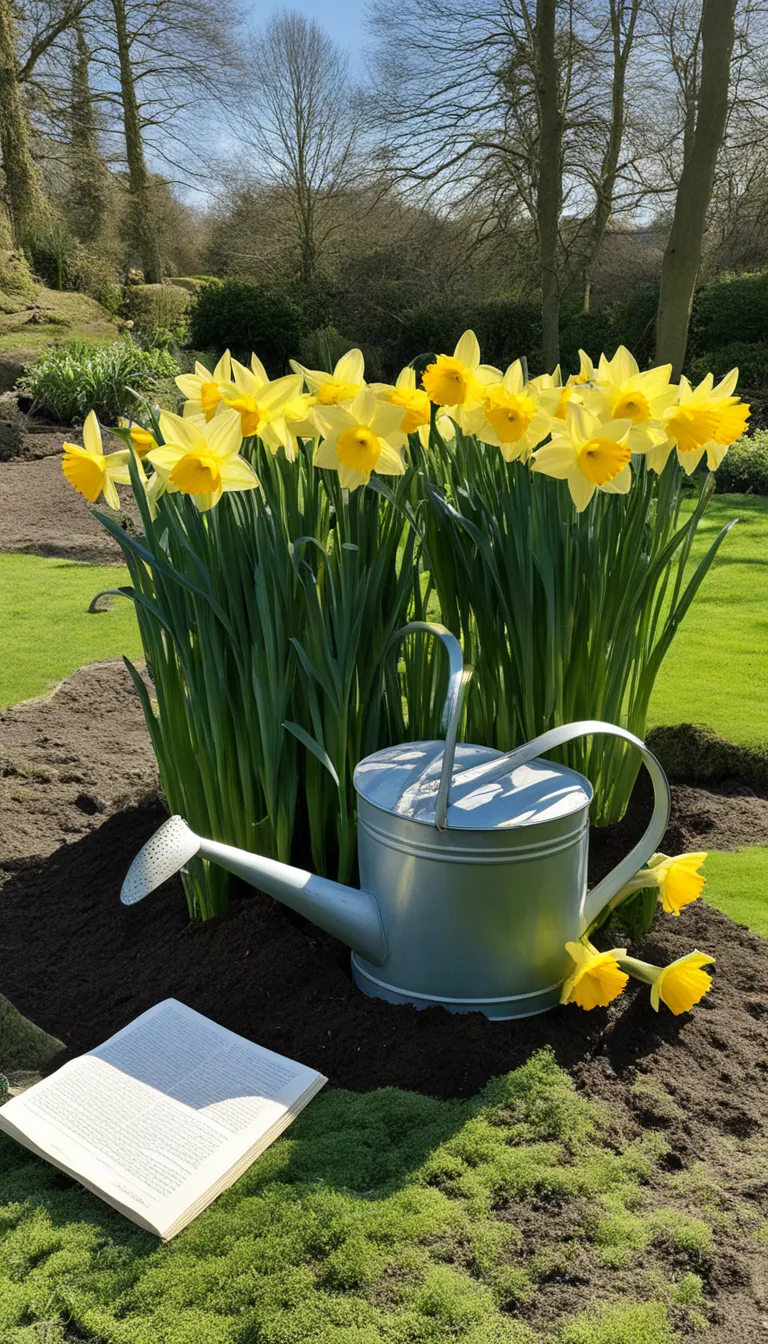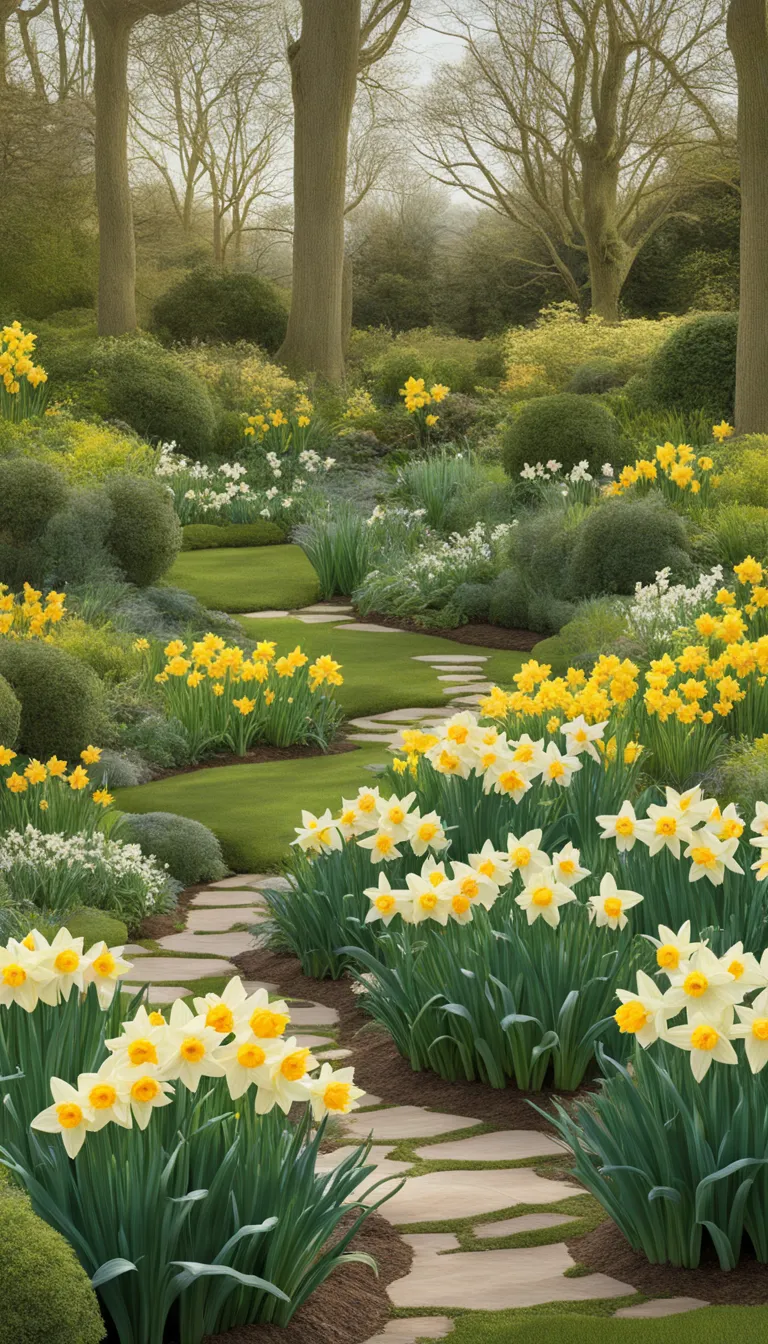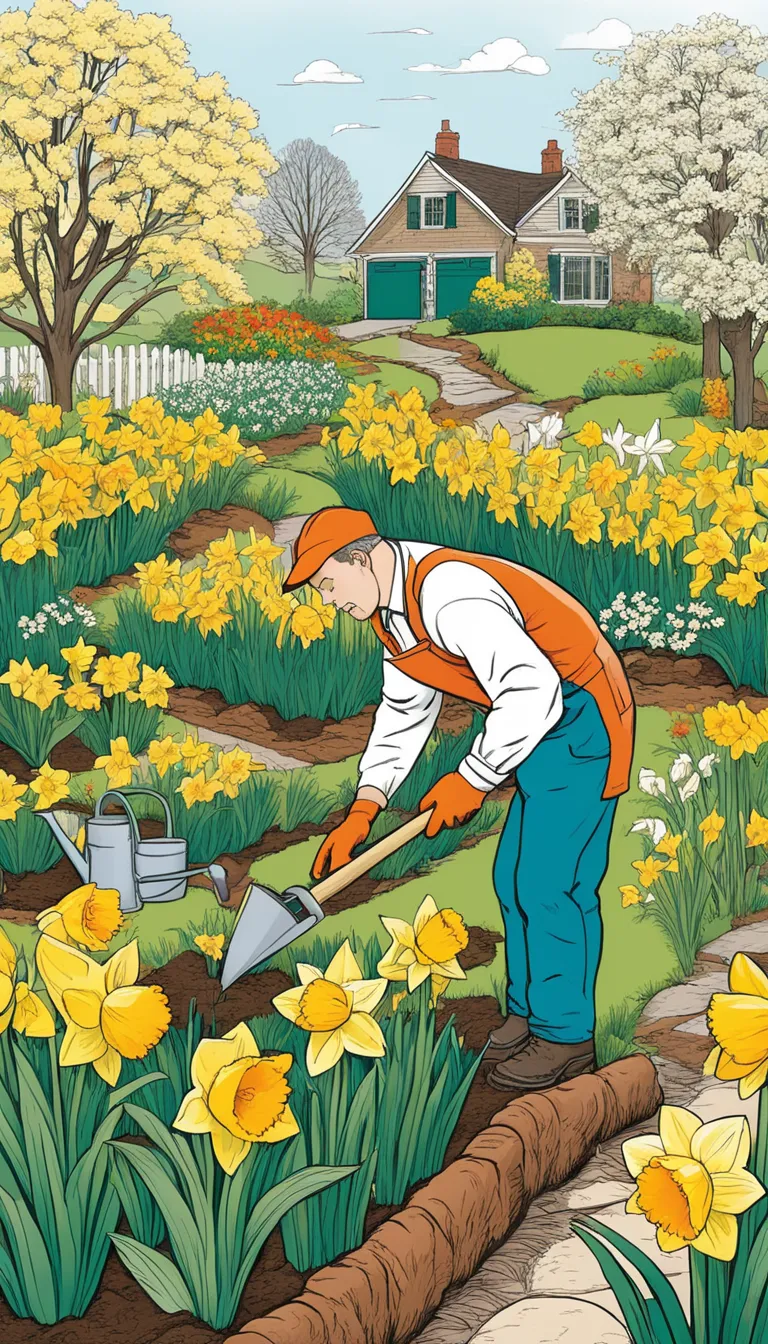Discover the beauty and significance of daffodils, their care, varieties, and planting tips in this comprehensive guide. As the snow melts and the days grow longer, the daffodil bursts onto the scene, signaling the arrival of spring with its vibrant hues and graceful blooms. These flowers aren’t just a treat for the eyes; they’re steeped in history and symbolism, representing new beginnings and the resilience of nature.
Explore the origins, symbolism, and botanical characteristics of the daffodil, a popular springtime flower. Known scientifically as Narcissus, daffodils have inspired poets and artists for centuries with their cheerful yellow petals and rich fragrance. But did you know that there are myths and stories tied to these flowers? They’re said to bring good fortune, yet also serve as a reminder to not be too self-absorbed, much like the Greek legend of Narcissus.
Learn the essential tips for maintaining healthy daffodils, including sunlight, watering, and soil requirements. These hardy perennials aren’t too fussy, but they do thrive with a bit of care. Ensuring they get enough sunlight, the right amount of water, and are planted in well-draining soil will help your daffodils grow strong and bloom year after year. And don’t forget, a little fertilizer goes a long way!
An overview of the diverse range of daffodil species, each with unique colors, shapes, and blooming times. From the classic yellow trumpet to the delicate white petals of the ‘Thalia’, daffodils come in over 50 species and thousands of hybrids. Whether you’re looking for early bloomers like the ‘February Gold’ or late-season stars such as the ‘Pheasant’s Eye’, there’s a daffodil for every garden.

What is Daffodil?
Daffodils, known botanically as Narcissus, are perennial plants renowned for their trumpet-shaped flowers. With a history steeped in mythology and symbolism, daffodils have come to represent rebirth and new beginnings, making them quintessential blooms of spring. These cheerful flowers are not only a visual delight but also carry a message of hope and enduring beauty.
Did you know that daffodils come in a range of colors and sizes? While the classic daffodil is a vibrant yellow, these flowers can also be found in shades of white, orange, and even pink. Each part of the daffodil has a purpose: the trumpet or corona stands proudly in the center, while the perianth—the surrounding petals—often displays a contrasting hue, adding to their eye-catching appearance.
But daffodils are more than just pretty faces; they are also hardy and easy to grow. These flowers have adapted to a variety of climates and can be found in gardens, parks, and wild settings across many regions. They are a favorite among gardeners not only for their beauty but also for their ability to thrive with minimal care.
- Origin: Native to meadows and woods in Europe and North Africa.
- Blooming Season: Early to mid-spring.
- Planting Time: Autumn, before the ground freezes.
Whether you’re an avid gardener or simply someone who appreciates the splendor of nature, the daffodil is a flower that is sure to capture your heart. Its presence is a reminder that even after the coldest winters, spring will always return, bringing with it the promise of warmth and color. So, let’s embrace the daffodil’s spirit and allow it to inspire us to look forward to brighter days ahead.

How to Care for Daffodils?
Caring for daffodils is like nurturing a little packet of sunshine in your garden. These cheerful blooms require a touch of attention but repay you with a burst of springtime joy. Let’s dig into the essentials of daffodil care to ensure your garden explodes with their vibrant colors year after year.
First and foremost, daffodils thrive in well-drained soil. They can’t stand waterlogged feet, so make sure to plant them in an area where the soil drains well. If you’re dealing with heavy clay soil, consider raising your beds or adding in some gritty sand to improve drainage.
When it comes to sunlight, these spring beauties need a full sun to partial shade environment. If you want to witness the full magnitude of their bloom, aim for a spot that gets at least six hours of direct sunlight a day. However, they are forgiving and will still grace you with flowers even in less than ideal light conditions.
Watering daffodils is a delicate balance. They need a moderate amount of water during the growing season, especially in the weeks leading up to and during flowering. Once they’ve finished blooming, you can ease up on the watering as they prefer a drier resting period.
- Soil: Well-drained, fertile soil
- Sunlight: Full sun to partial shade (6+ hours preferred)
- Water: Moderate during growth, less post-bloom
- Fertilizer: Low-nitrogen fertilizer after blooming
After your daffodils have bloomed, don’t rush to cut back the foliage. The leaves are essential for photosynthesis, which helps the plant store energy for the next year’s flowers. Wait until the leaves naturally yellow and wither before removing them.
Lastly, a little post-bloom snack can do wonders. Feed your daffodils with a low-nitrogen fertilizer to prepare them for their next show. This will ensure that the bulbs are robust and ready to surprise you with an even more explosive display of blooms when spring rolls back around.
Remember, with the right care, your daffodils will not only survive but thrive, bringing a yearly explosion of color and surprise to your garden!

What are the Daffodil Varieties?
Daffodils, known for their explosive charm and surprising variety, come in a multitude of shapes, sizes, and colors. These springtime heralds are categorized into several divisions, each with its own unique characteristics. Understanding the different varieties can help gardeners choose the perfect daffodils to brighten their gardens.
Let’s dive into the world of daffodils:
- Trumpet Daffodils: Characterized by their large flowers and long trumpets, these are the classic daffodils that most people picture when they think of the flower.
- Large-Cupped Daffodils: These have a prominent cup, but unlike the Trumpet variety, the cup is not as long as the petals.
- Small-Cupped Daffodils: With a smaller cup in proportion to the petals, these daffodils offer a delicate appeal.
- Double Daffodils: These flowers have double the number of petals or a double trumpet, creating a fuller, more extravagant bloom.
- Jonquilla Daffodils: Often fragrant, these daffodils have smaller flowers and narrow, reed-like leaves.
- Tazetta Daffodils: Known for their clusters of blooms and sweet fragrance, these are great for creating a stunning visual impact.
- Poeticus Daffodils: With their white petals and small, red-rimmed cups, they are distinct and elegant.
- Bulbocodium Daffodils: These daffodils are notable for their large, bulbous cups and tiny petals.
- Split-Corona Daffodils: The cup on these daffodils is split into segments, giving the flowers a unique, open-faced look.
Each variety blooms at different times throughout the spring, offering a surprise at every turn in the season. When planting, consider a mix of these varieties for a spring explosion of colors and forms in your garden!





